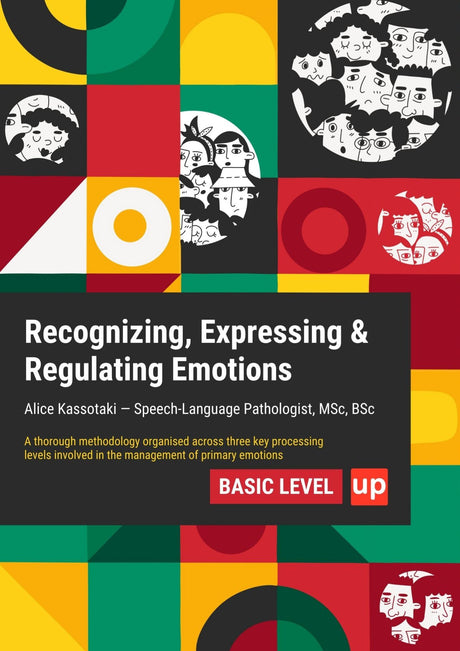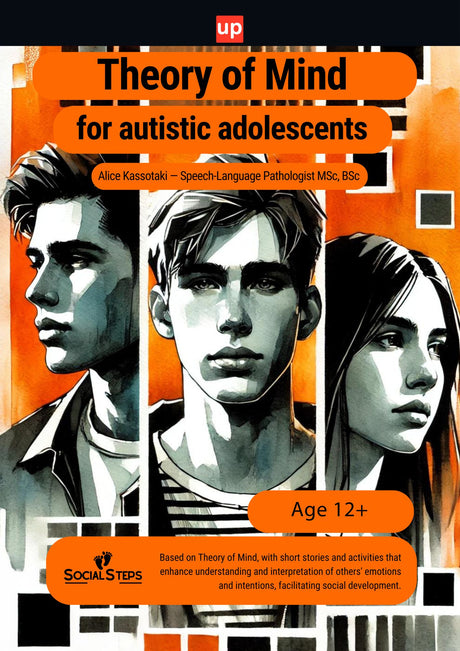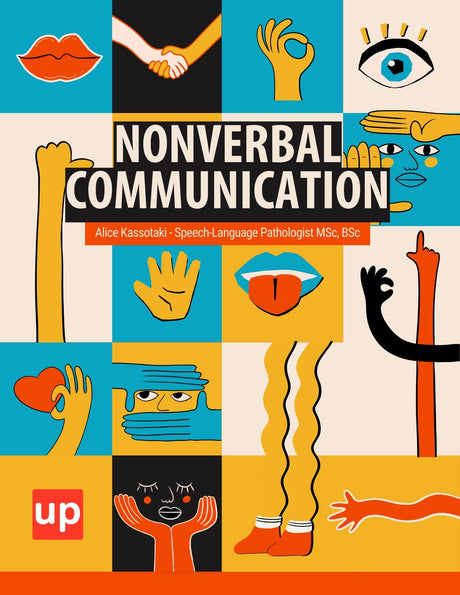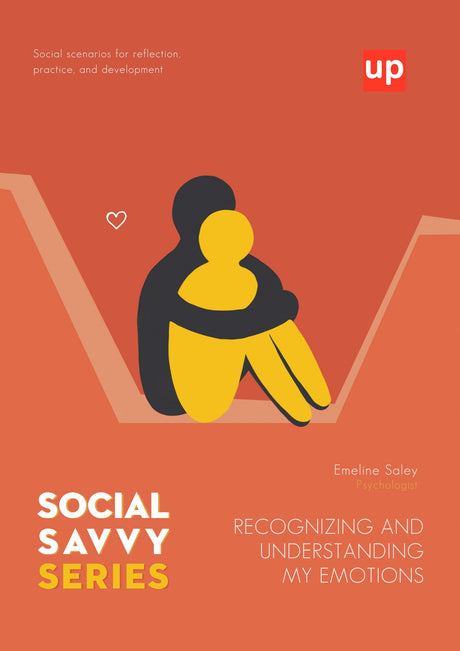In a world saturated with information, the ability to focus is a superpower. Yet, we often use the terms "attention" and "concentration" interchangeably, muddying our understanding of how our minds work. With the average human attention span now around 8 seconds, shorter than that of a goldfish, grasping the distinction between these two cognitive functions is no longer an academic exercise—it's a critical step toward reclaiming our mental clarity. Understanding this difference is the key to unlocking enhanced focus and peak performance.
Key Points
- Attention is the brain’s initial spotlight, selectively focusing on relevant stimuli while filtering out distractions. It is dynamic and shifts rapidly based on saliency and interest.
- Concentration is sustained attention, the ability to hold mental focus on a specific task or stimulus over time, requiring significant cognitive resources and mental effort.
- Mastering both attention and concentration is essential for improving learning, productivity, and navigating a world full of distractions, achievable through environment management, mindfulness, and structured routines.
Defining the Fundamentals: Attention vs Concentration – The Brain's Initial Spotlight
What is Attention? The Gateway to Awareness

Attention is the cognitive function of selectively focusing on a single stimulus while ignoring other perceivable information. Think of it as the brain’s spotlight, illuminating one piece of the vast sensory landscape available at any given moment. In cognitive processes, attention means the mechanism by which we prioritize certain information for deeper processing. This spotlight is not fixed; attention is constantly moving from one stimulus to another, shifting effortlessly as new information or distractions arise. It is the initial, often fleeting, act of directing your mental resources.
Types of Attention: How Our Brain Selects Information
Our brain deploys several types of attention. Selective attention involves filtering relevant stimuli, allowing you to focus on one thing, such as a conversation in a noisy room, while ignoring other things like background noise or unrelated thoughts. Divided attention is the attempt to focus on multiple tasks at once, often leading to reduced performance, as organizations are 27.5% less productive due to multitasking. Executive attention involves higher-level coordination, helping us plan, make decisions, and resolve conflicting information.
Saliency Detection: Why Some Things Grab Our Attention More Than Others
Our brain is hardwired to notice things that are novel, surprising, or relevant to our goals or survival. We are more likely to notice things we are interested in, as our interest acts like a filter that guides our sight toward certain stimuli. This “saliency detection” is why a sudden loud noise or your name being called from across a room instantly captures your attentional focus, pulling it away from your current task. For example, if you are reading a book in a busy café, your attention might shift immediately if you hear someone mention a topic you are interested in, demonstrating how saliency and interest work together to direct your awareness.
Defining the Fundamentals: Concentration – The Sustained Application of Mental Effort
What is Concentration? Deep Engagement with a Specific Task
Concentration, often used synonymously with sustained attention, is the ability to maintain that attentional spotlight on a single task or stimulus for an extended period. It is a combination of sustained attention and mental effort, integrating various cognitive processes to achieve a focused state. If attention is the act of aiming the spotlight, concentration is the act of holding it steady, resisting the urge to let it wander—essentially making a deal with oneself to remain committed and focused on the task at hand.
Cognitive Resources and Capacity Limitations: The Engine of Concentration
Concentration is a demanding process that consumes significant cognitive resources. Our mental energy is finite; deep concentration on a complex problem depletes this energy faster, which is why prolonged focus can feel mentally exhausting. It can be difficult to maintain concentration for long periods, especially in environments full of distractions. However, improving your concentration skills offers the benefit of enhanced productivity and deeper understanding in both personal and professional tasks.
The Interplay: How Attention Feeds Concentration
Attention and concentration exist in a clear sequence. Attention is the gatekeeper that selects a target from countless external stimuli. To attend is to direct your awareness toward a specific object or thought, making it possible to notice and observe it. Paying attention is the first step before concentration can occur, as it involves consciously focusing on a particular stimulus. Once a target is selected, concentration takes over, applying sustained mental effort to engage with it deeply. Without the initial act of attention, concentration has nothing to lock onto.
The Broader Picture: Attention, Concentration, and Cognitive Functioning

Attention and concentration are not just isolated mental skills—they are the foundation of how we process information, learn, and interact with the world. For young people, the ability to focus and concentrate is especially important, as it directly impacts their success in school and their ability to understand new concepts. When a child pays attention in class, they are better able to filter out distractions and absorb the material being taught, which leads to deeper understanding and improved academic performance.
In everyday life, individuals rely on attention and concentration to complete tasks, solve problems, and make decisions. These abilities help us ignore distractions and stay present in the moment, whether we are listening to a conversation, reading a page in a book, or working on a creative project. The importance of attention and concentration extends beyond the classroom; they are essential for anyone who wants to increase their ability to learn, remember, and respond effectively to the demands of their environment.
Understanding how attention and concentration work empowers individuals to take control of their cognitive functioning. By recognizing the impact of distractions and the value of sustained focus, people of all ages can develop habits that support better concentration and more effective learning. In a world full of competing stimuli, strengthening these core abilities is key to unlocking one’s full potential.
Why the Distinction Matters: Impact on Performance and Daily Life
Enhancing Productivity and Learning
Understanding this distinction helps you manage your cognitive functions more effectively. To learn something new, you first need to pay attention to the material, especially when processing sentences, as understanding and retaining information often depends on how well you focus on the structure and meaning of sentences. The importance of language in learning and attention cannot be overstated, as language abilities are fundamental to comprehending new concepts and instructions. To truly absorb and understand it, you must apply concentration. The widespread issue of lost focus is a major problem, with 92% of employers citing it as a significant workplace challenge.
Navigating the Modern World: Overcoming Internal and External Distractions
Our world is engineered for distraction. External distractions like phone notifications and internal distractions like wandering thoughts or anxiety constantly vie for our attention. These distractions can significantly influence behaviour, leading to restlessness or difficulty completing tasks. Careful observation of your own attention and concentration, or that of others, can help identify when focus is slipping. Recognizing that attention is the first line of defense allows you to build helpful strategies—such as setting boundaries for device use or practicing mindfulness—to protect your ability to concentrate.
Practical Strategies for Enhancing Attention and Concentration

Cultivating a Conducive Environment
Minimize external distractions by turning off notifications, decluttering your workspace, and communicating your need for uninterrupted time. Creating a dedicated space for concentration is essential, as it allows your mind to settle and focus. A controlled environment fosters alignment within yourself, supporting mental stability and focus, and makes it easier for your selective attention to do its job, paving the way for deep concentration.
Mind-Training Techniques for Mental Clarity
Practices like mindfulness and meditation are direct training for your attentional control systems. They teach you to notice when your mind has wandered (a lapse in attention) and gently guide it back to your point of focus, strengthening your ability for sustained attention over time. These practices often involve watching your thoughts as they arise, simply observing them without judgment or interference. Equally important is feeling your inner experience—becoming aware of emotions and bodily sensations—which deepens your mindfulness and enhances your connection to the present moment.
Structuring Your Work and Routines
Establishing a consistent routine can signal to your brain that it’s time to focus. For children, routines are especially helpful in improving focus and reducing distractions. Techniques like time-blocking, where you dedicate specific periods to a single task, prevent attentional switching and help conserve the cognitive resources needed for concentration. Supporting a child's concentration can also involve strategies such as providing movement breaks or using fidget tools. Additionally, incorporating play into daily activities can play a significant role in developing attention and concentration skills.
Conclusion
Attention is the swift, selective act of pointing your mental spotlight, while concentration is the deliberate, effortful act of holding it there. The former is a gatekeeper; the latter is a deep-sea diver. In an age where distractions are currency, distinguishing between these concepts is the first step toward mastering your mind.
By actively managing your environment to reduce external stimuli, training your mind through practices like mindfulness, and structuring your work to support sustained focus, a person can move beyond fleeting attention to cultivate the deep concentration necessary for meaningful work and learning. Start by identifying your primary distractors—both internal and external—and implement one small change today. Whether it’s turning off phone notifications for an hour or practicing five minutes of focused breathing, you can begin to strengthen these critical cognitive functions and reclaim your focus.
Ultimately, the intrinsic nature of attention and concentration lies in their ability to connect the person to a deeper awareness, reflecting the unchanging reality that underlies conscious experience.
Frequently Asked Questions (FAQ)
What is the main difference between attention and concentration?
Attention is the brain’s initial act of selectively focusing on relevant stimuli while filtering out distractions. Concentration is the sustained mental effort to keep that focus on a specific task or stimulus over time.
Can attention exist without concentration?
Yes, attention can be brief and shift quickly from one stimulus to another. Concentration requires maintaining attention steadily on one subject or task for an extended period.
How do distractions affect attention and concentration?
Distractions can interrupt attention by pulling the mental spotlight away from the intended focus. This makes sustaining concentration difficult, as cognitive resources are diverted.
Are attention and concentration skills trainable?
Absolutely. Practices like mindfulness, meditation, and structured routines can strengthen both attention and concentration by improving mental control and reducing susceptibility to distractions.
Why are attention and concentration important for learning?
They enable individuals, especially young people, to filter out irrelevant information, focus on educational material, and engage deeply with tasks, leading to better understanding and retention.
What strategies can help improve concentration?
Creating a distraction-free environment, taking regular movement breaks, using tools like fidget objects, and establishing consistent routines can all support improved concentration.
How does attention relate to selective attention and divided attention?
Selective attention is focusing on one relevant stimulus while ignoring others. Divided attention involves attempting to focus on multiple tasks simultaneously, often reducing effectiveness.
Can concentration be maintained for long periods?
Concentration consumes finite cognitive resources and can be mentally exhausting. It is typically more effective when practiced in intervals with breaks to restore mental energy.
Original content from the Upbility writing team. Reproducing this article, in whole or in part, without credit to the publisher is prohibited.
References
-
Posner, M. I., & Petersen, S. E. (1990). The attention system of the human brain. Annual Review of Neuroscience, 13(1), 25-42. https://doi.org/10.1146/annurev.ne.13.030190.000325
-
Chun, M. M., Golomb, J. D., & Turk-Browne, N. B. (2011). A taxonomy of external and internal attention. Annual Review of Psychology, 62, 73-101. https://doi.org/10.1146/annurev-psych-120709-145347
-
Diamond, A. (2013). Executive functions. Annual Review of Psychology, 64, 135-168. https://doi.org/10.1146/annurev-psych-113011-143750
-
Posner, M. I., & Rothbart, M. K. (2007). Research on attention networks as a model for the integration of psychological science. Annual Review of Psychology, 58, 1-23. https://doi.org/10.1146/annurev.psych.58.110405.085516
-
Robertson, I. H., Manly, T., Andrade, J., Baddeley, B. T., & Yiend, J. (1997). ‘Oops!’: performance correlates of everyday attentional failures in traumatic brain injured and normal subjects. Neuropsychologia, 35(6), 747-758. https://doi.org/10.1016/S0028-3932(97)00015-8
-
Posner, M. I. (2012). Attentional networks and consciousness. Frontiers in Psychology, 3, 64. https://doi.org/10.3389/fpsyg.2012.00064
-
Tang, Y. Y., Hölzel, B. K., & Posner, M. I. (2015). The neuroscience of mindfulness meditation. Nature Reviews Neuroscience, 16(4), 213-225. https://doi.org/10.1038/nrn3916
-
Kahneman, D. (1973). Attention and effort. Prentice-Hall.
-
Lavie, N. (2005). Distracted and confused?: selective attention under load. Trends in Cognitive Sciences, 9(2), 75-82. https://doi.org/10.1016/j.tics.2004.12.004









